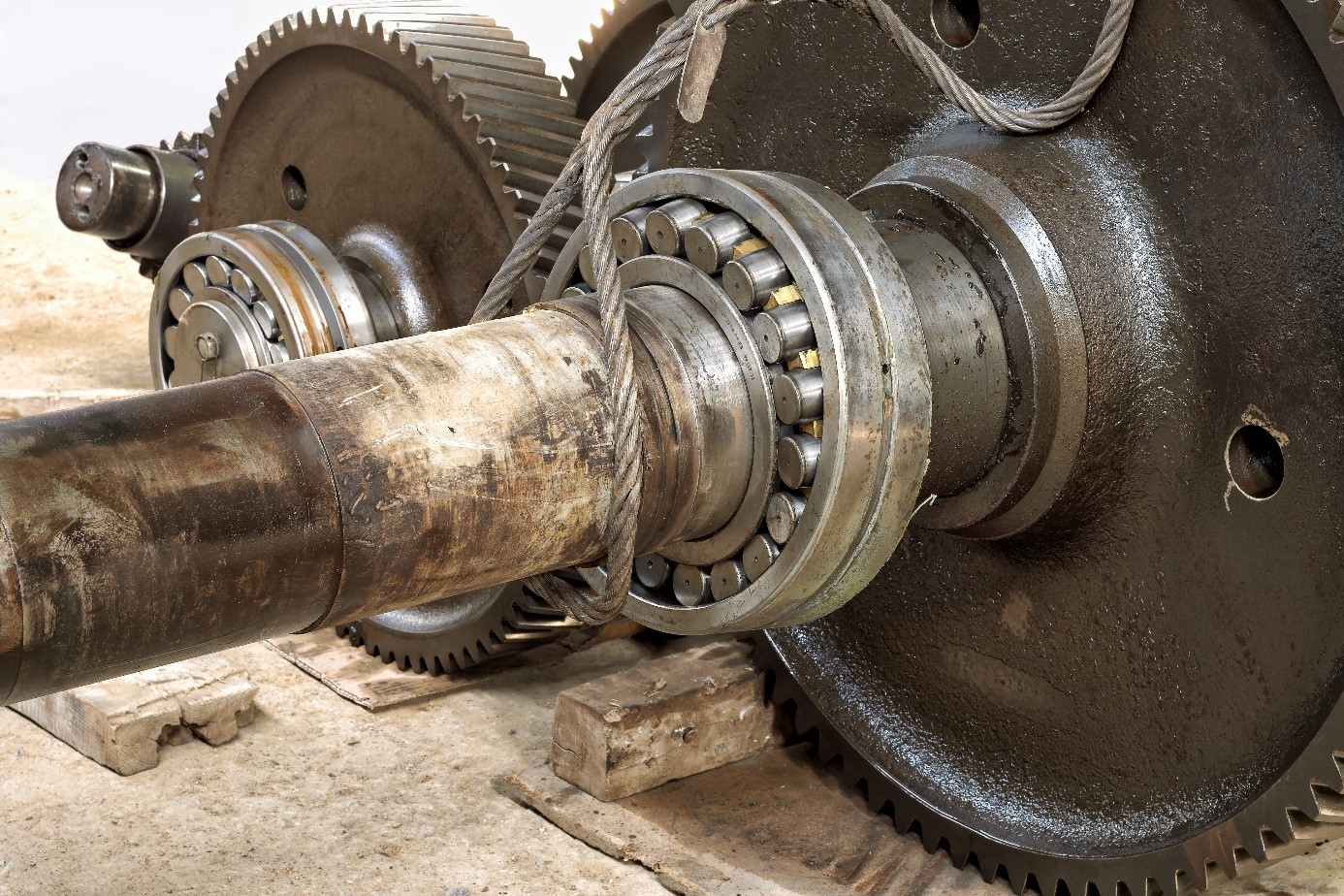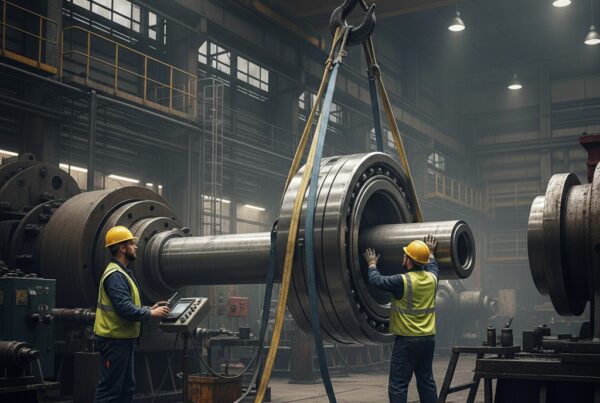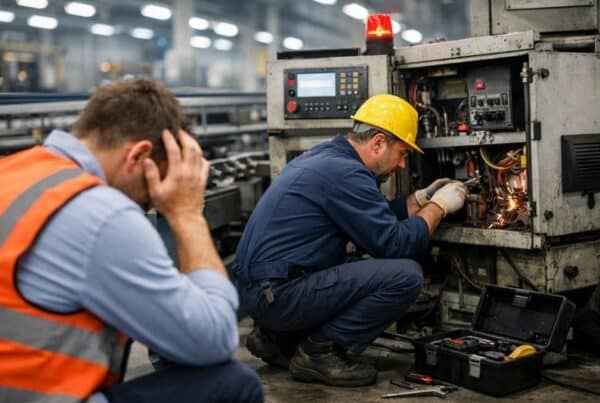Bearings are critical components of any rotating machine. Their primary function is to support the rotating shaft while reducing friction to promote smooth movement.
Due to the vital role of bearings in machinery, it is important to regularly check the bearings for any problems, while ensuring that maintenance is carried out according to the schedule.
If you notice that your bearing has suddenly become noisy, you’re probably wondering what’s going on. Why does your bearing make noise and what should you do about it?
Read on to find out the causes of a noisy bearing and the next steps you should take.

What can make the bearing noisy?
If your bearing makes a sudden noise during operation, there is a problem with your bearing. Audible excessive noise occurs when the bearing raceways are damaged and the rolling elements bounce or rattle during rotation.
Noisy bearings can have many causes, but the most common is contamination. Contamination may have occurred during installation of the bearing, particles remaining on the raceway that caused damage when the bearing was first operated. Shield plates and seals can be damaged during bearing lubrication, rendering protection against contamination ineffective – a particularly big problem in highly contaminated environments.
Contamination is also common during the lubrication process. Foreign particles can stick to the end of the grease gun and enter the machine during relubrication.
These foreign particles enter the bearing raceways. When the bearing engages, the particle begins to damage the bearing’s raceway, causing the rolling elements to bounce or rattle, creating a noise that you can hear.
What should I do?
What to do if your bearing starts making noise?
The noise from the bearing may sound like whistling, rattling or growling. Unfortunately, by the time you hear this noise, your bearing has failed and the only solution is to replace the bearing as soon as possible.
Adding grease to the bearing may reduce the noise. However, the problem is not solved. Adding grease to the bearings when they are already noisy will only solve the problem for a while, but the noise will come back.
You can use condition monitoring technologies such as vibration analysis or thermography to predict when a bearing is likely to fail and calculate the latest point at which you can safely replace the bearing.
To choose the right bearing, look around our online store, where you can search by size and type.
How to prevent bearing failure?
It can be tempting to simply replace the failed bearing and let the machine go about its daily business. However, it is important not only to replace the bearing, but also to look for the root cause of the error. Root cause analysis identifies the underlying problem and allows you to take action to prevent the same problem from occurring again.
Making sure you use an effective sealing solution suitable for your operating conditions and checking the condition of the seals at every maintenance can help prevent contamination. It is also important to use appropriate assembly tools when removing and installing the bearings. With their help, injuries can be avoided during assembly. Furthermore, the development of continuous and optimal lubrication also greatly contributes to increasing the service life of the bearings.
If you need advice about a problematic bearing, or if you need help identifying the root cause of your bearing failure, feel free to contact us.



